0 Comments
As a founding member of Tribe, a Belgian indie rock band active in the period 1988 - 1998, I always felt a missing streaming presence. So I got hold of the tracks and remastered them for digital streaming platforms. Our album 'Temper' was not hard to do, because of the already excellent mastering by Staf Verbeeck. But the older work was a bit of a challenge, trying to get the same quality as Temper. The ripped stereo wav files was the only thing I had to work with. I used Izotope's Ozone (version 8) to do the mastering. Our label B-Track did the publishing.
Tribe played in a lot of youth clubs at the time, and on small and larger stages, such as Leuven's Marktrock. Our single 'Saturation' even made it to national TV, in a show called 'De Zevende Dag', and had a 7 week presence in De Afrekening in 1998.
I have been a user of the fantastic Native Instruments KOMPLETE since quite some years now. Some months ago, our friends at NI launched the Komplete 11.
If you are looking for some inspiration of what you can do with KOMPLETE 11, have a look here. Truely amazing, and refreshing at the same time. Enjoy. After my last blog on this feature - integration of Maschine into Cubase 8 - I did some further simplifications. I realized that the Maschine is just another VST instrument with 16 MIDI channels - one sound on each channel. The best way to proceed is therefore as follows:
Here's how I integrate Maschine as a VST instrument into Cubase 8 projects. 1. Create a Rack Instrument, and select Maschine 2. add MIDI tracks, and route their output to Maschine 3. In Maschine, right-click on the group and select 'sounds to MIDI notes' 4. Set the Group MIDI input as shown below (important: set Root Note to C3): 5. Select all Sounds in the Group (ctrl-A) and put the MIDI input setting as shown below: 6. Set the Sound MIDI output settings as follows: And you are done. The only disadvantage I could not get rid off, is that recording only works when CLICKING the record button in Cubase. When using the keyboard command ('*' in my case), the Maschine also goes in Record mode, leading to double recording both in Cubase and in Maschine. If anyone out there knows how to fix this - pls let me know by replying to this post.
This is where the magic happens. Having a comfortable creation environment that is to your liking is key in my experience. So yes I invest quite a lot in my home studio. More upgrades will be coming soon, but for now I particularly like the 3 screen setup. I use Cubase 8.5, where the leftmost screen has the channel mixer, the middle screen the project view for arranging, and the rightmost screen shows the Media Bay - this is where the sounds come from. And for creating new stuff, I often use the Maschine MkII. The home studio is acoustically treated with Gypsound gyproc against walls and ceiling, and double acoustic glass in windows.
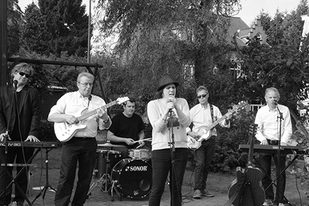 The pop-rock band Quartier Nord has won a Best Song award in the category Latin Pop on the Akademia website. This is what Akademia writes about the song: "Quartier Nord has created an anthemic Latin pop classic that effortlessly alternates between saturated instrumentality and brilliant vocal harmonies." Check it out here (http://www.theakademia.com/december2015_bestsong_latinpop8.html) As the producer of this song and the Quartier Nord album 'New World', I remember having spent quite some time on the 'saturated instruments' and the 'brilliant vocal harmonies'. It is always nice to get some recognition. And congratulations to Quartier Nord, of course!
|
authorFrancis Depuydt, owner of Roth Eleven Productions. Archives
December 2021
Categories |
||||||||||||||

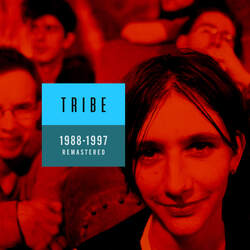
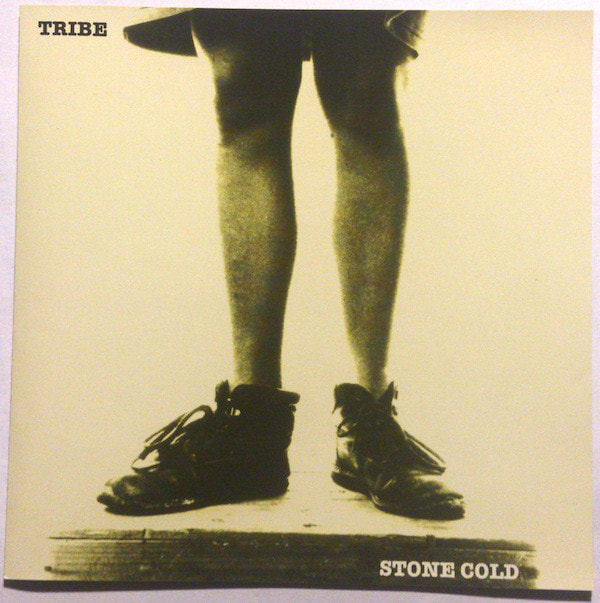
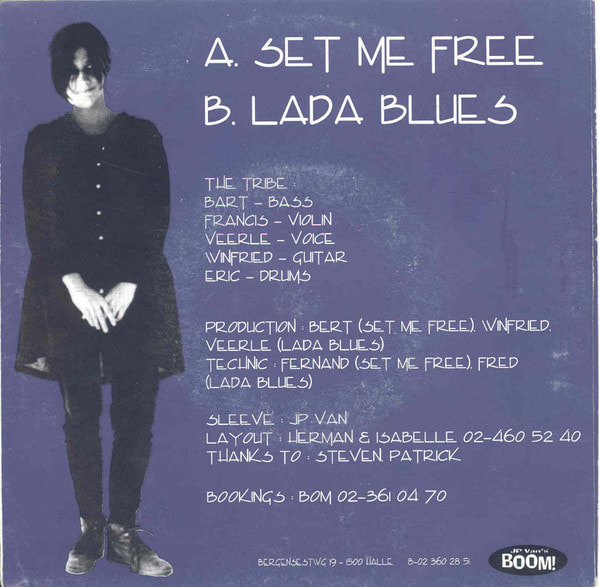
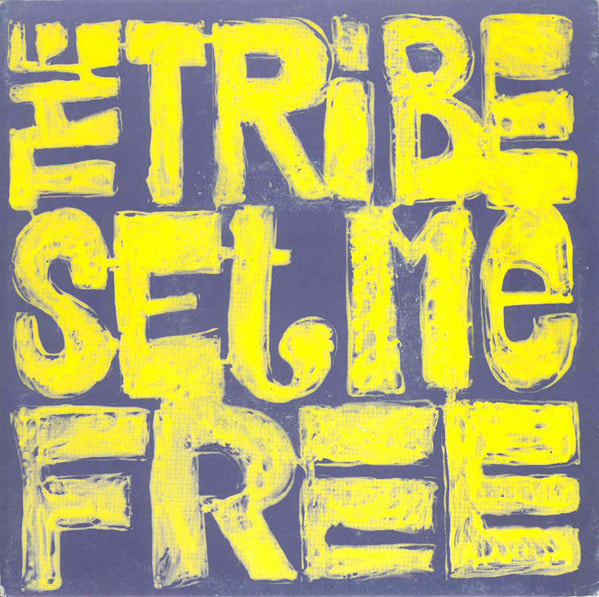
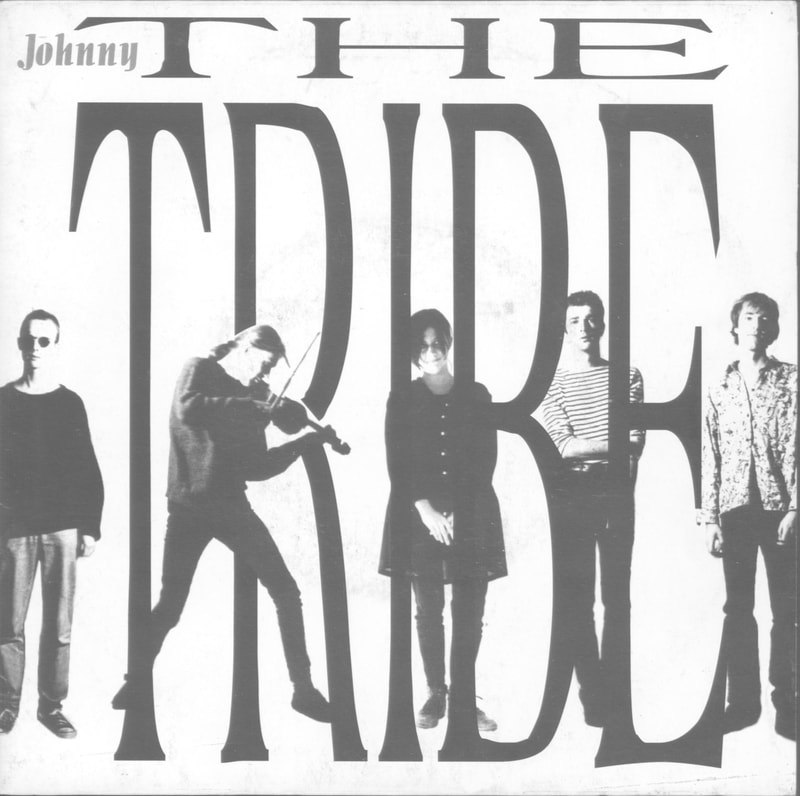
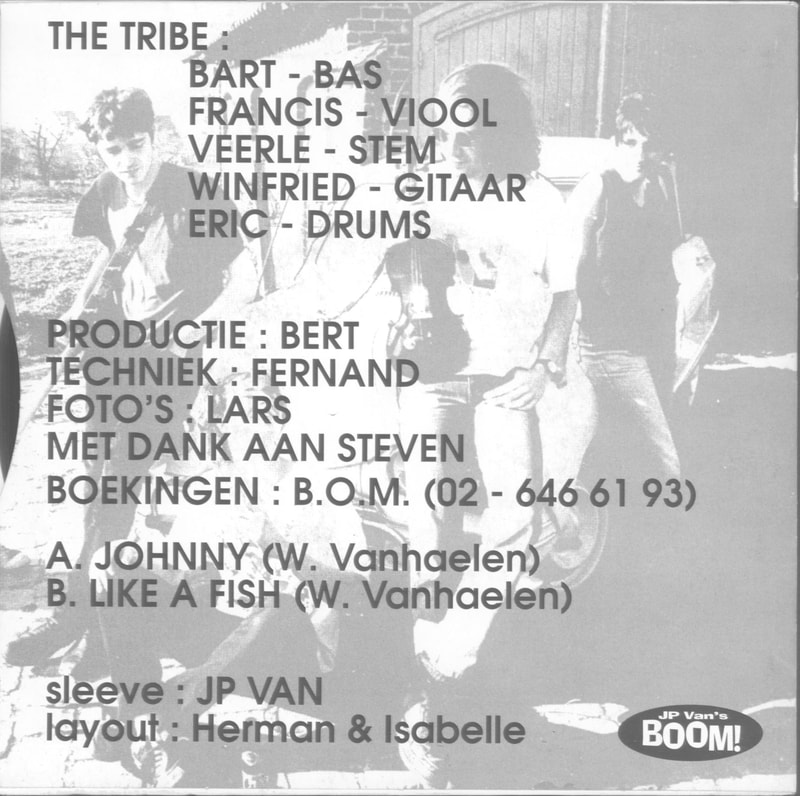
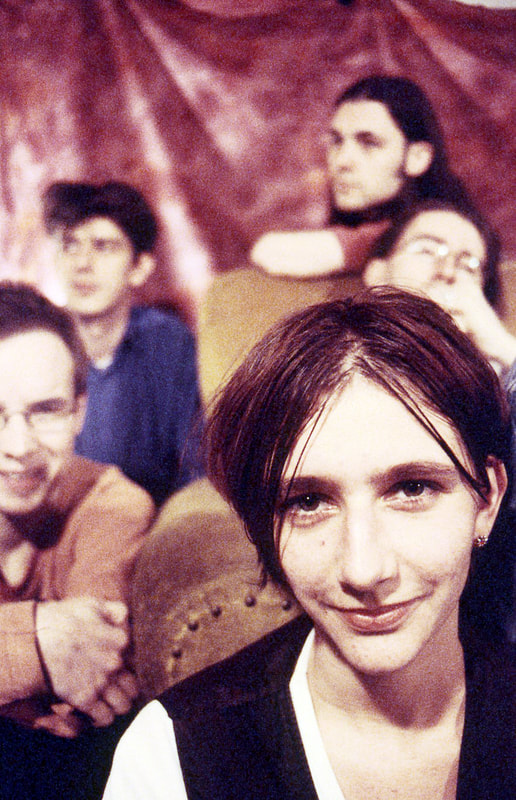
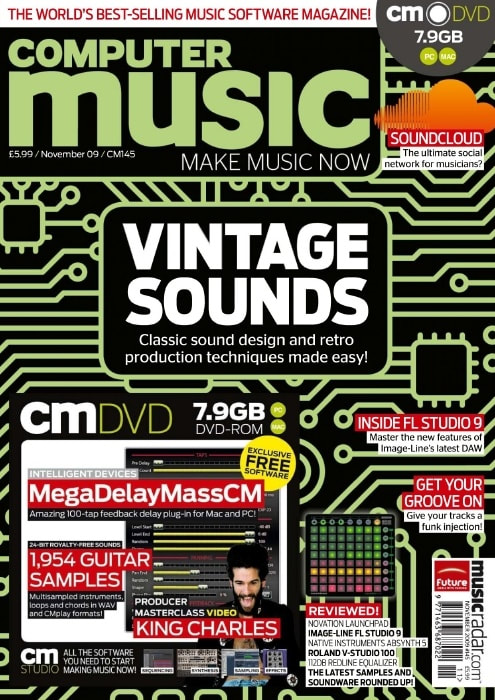
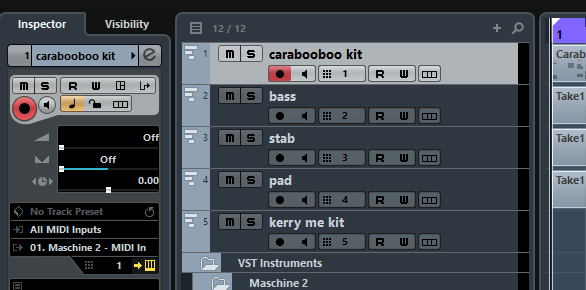
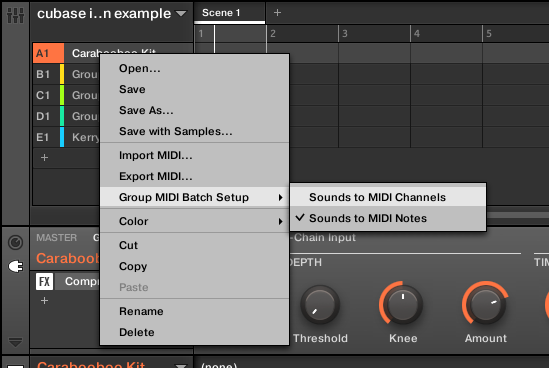
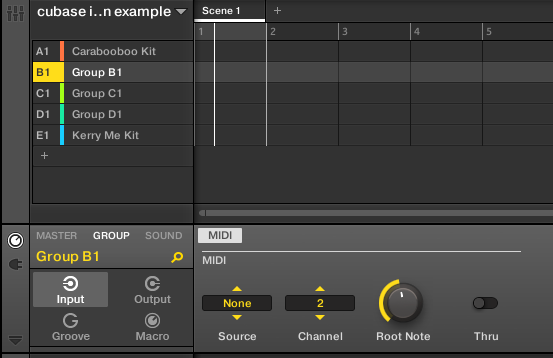

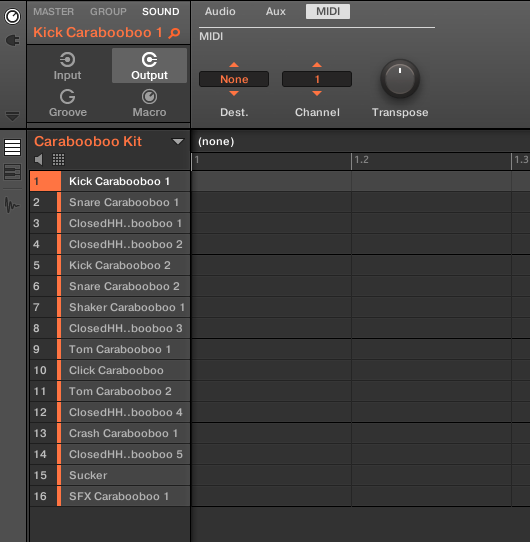
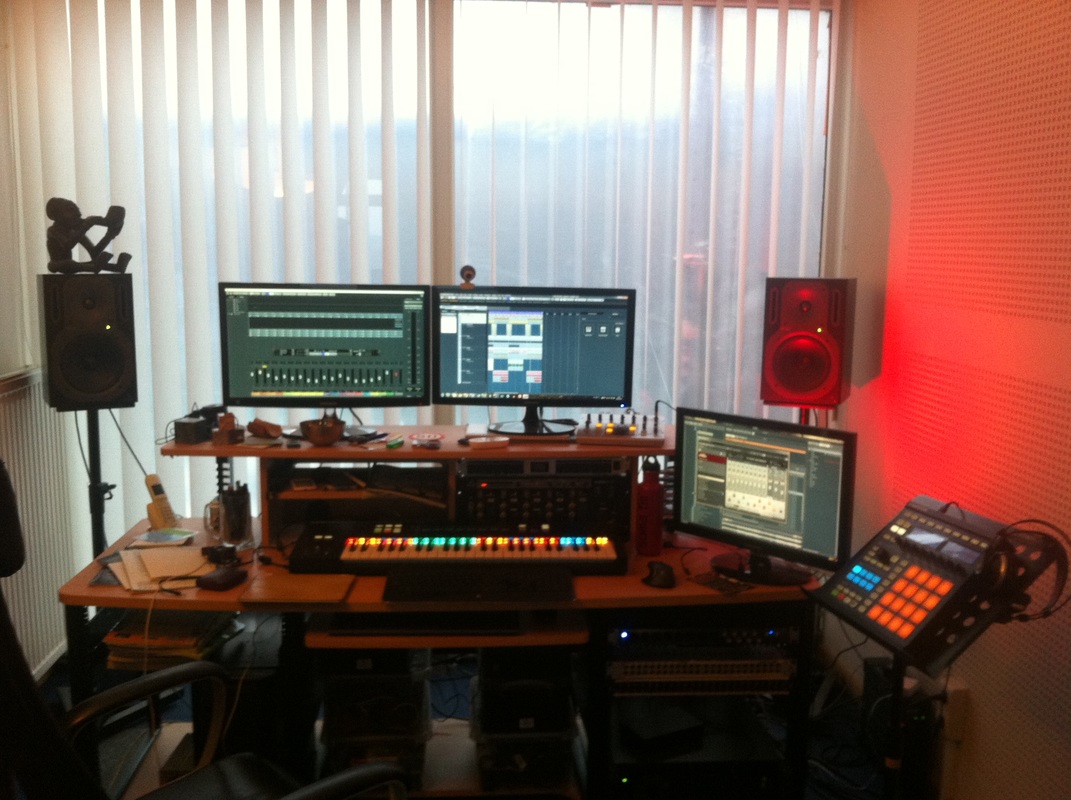
 RSS Feed
RSS Feed
